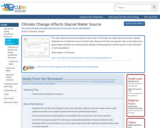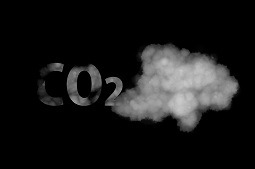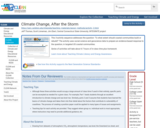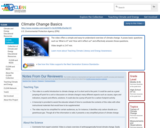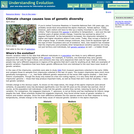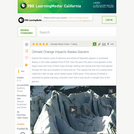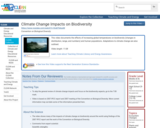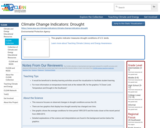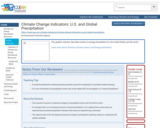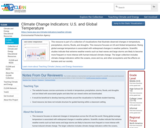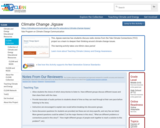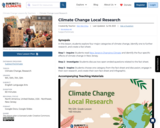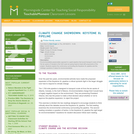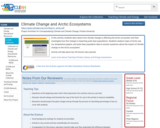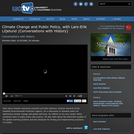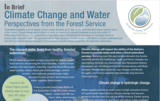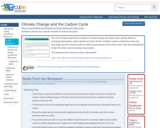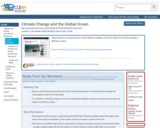SYNOPSIS: In this lesson, students explore four major categories of climate change, identify one to further research, and create a fact sheet.
SCIENTIST NOTES: This lesson introduces students to factsheets and infographics and how powerful they can be in providing and relaying information. Students start the lesson by reading through a factsheet/infographic about New Jersey’s changing climate followed by a partner discussion about how the factsheet makes them feel. Students are then able to pick one of four categories, do research about their topic, and create their own factsheet and infographic. Student factsheets/infographics are shared and compared/contrasted with one another. This lesson allows for multiple instances of student autonomy and provides a creative outlet for discussing climate change. It is hereby recommended for teaching.
POSITIVES:
-This lesson can be used in English, social studies, computer science, digital art, or science classes. It can be easily adjusted to be multidisciplinary.
-Students are given voice and choice in this lesson.
-Students become agents of change in their own communities, identifying problems and solutions.
ADDITIONAL PREREQUISITES:
-Students should be familiar with the basics of climate change.
-Students should be familiar with school-appropriate websites from previous school-related research.
DIFFERENTIATION:
-Students’ communication can be as simple or as thorough as you desire. They will need more time to research and craft their communication if you want their writing to be more fact-based and robust.
-Students can work independently or in a group with adjusted requirements.
-Teachers can use subject and grade level vocabulary already being learned in class. Teachers can add more vocabulary words in the glossary slide of the Teacher Slideshow.
-To deepen a social studies or global connection, students can explore the history of their chosen issue, how other countries are addressing the issue, or focus on a global solution strategy.
-To connect to computer science or digital art, students can create their infographic and fact sheet digitally.
-To further develop practical science or engineering skills, students can work together to create and implement a workable solution at the school, home, or community level.
-Some students may wish to communicate their advocacy via social media. Make sure to follow all school rules and monitor students’ progress if you allow this in the classroom.
